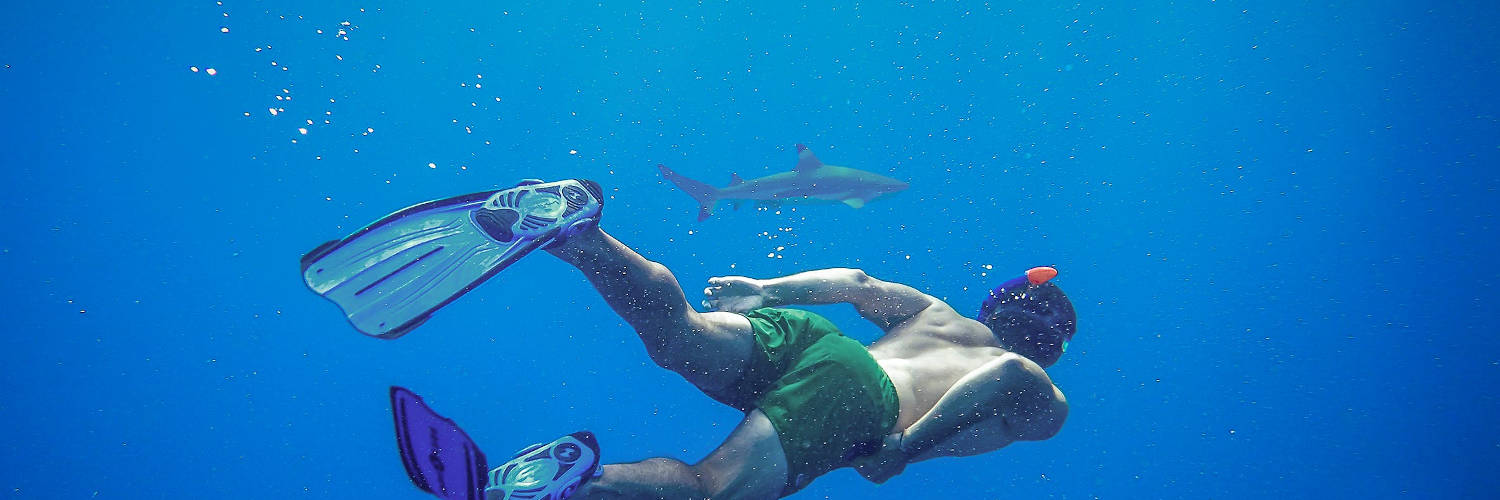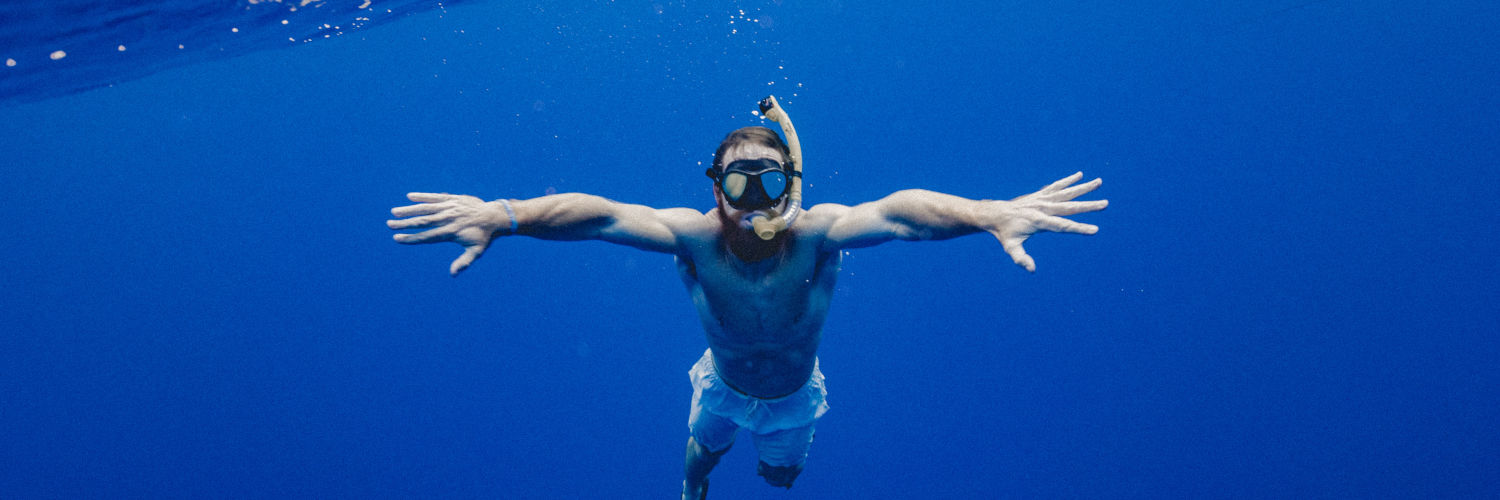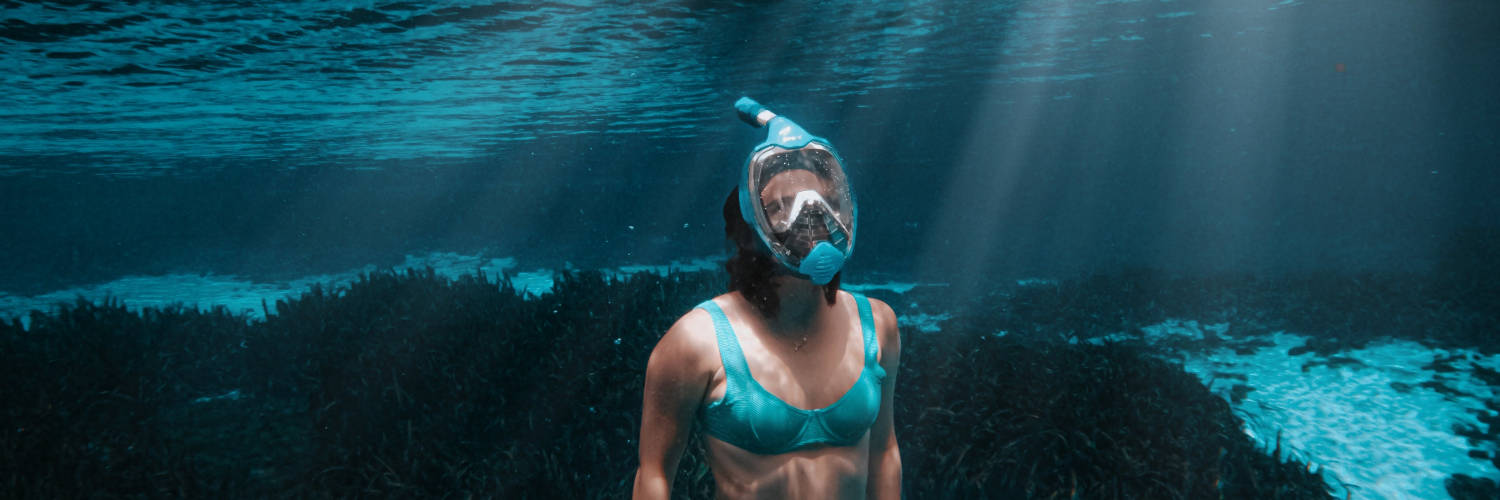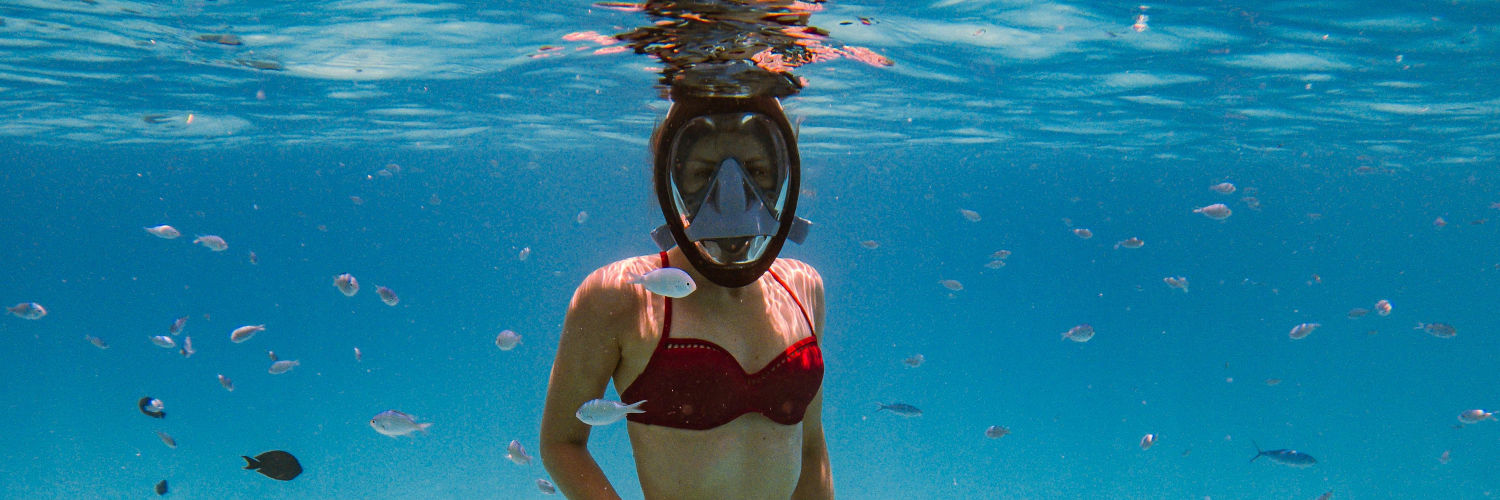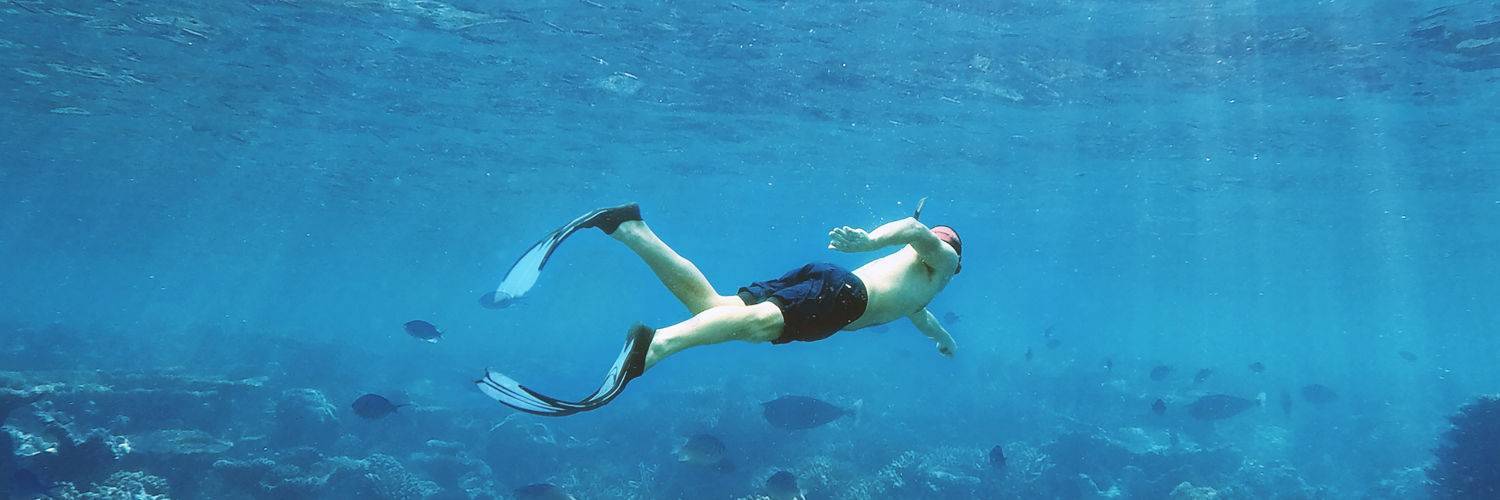Snorkeling and Sharks: Safely Exploring the Underwater World
Snorkeling lets you see underwater life up close. You can see sharks too. It’s thrilling! While sharks can be unpredictable and have a reputation as dangerous predators, encounters with certain species are generally safe if approached with caution.
Many snorkelers encounter species such as the Blacktip reef shark, the Whitetip reef shark, and the Nurse shark. Less likely to harm people, these sharks live in shallow waters and lagoons. Observing sharks can be enjoyed by snorkelers by staying aware and following safety guidelines.
Understanding Snorkeling and Sharks
Snorkeling is a favorite pastime for people who like to explore under the sea, its a popular hobby. Many enjoy snorkeling to see underwater life. While encounters with marine life are expected, some snorkelers may be apprehensive about coming across sharks.
Only a few shark species throughout the world are considered dangerous to humans, even tho there are over 400 species. The most common predators are the Great White and Bull sharks as well as Tiger sharks. However, shark encounters during snorkeling activities are rare, as these species inhabit deeper waters.
To minimize risks, snorkelers should avoid areas with high shark activity, stay with a group, refrain from wearing reflective items, and avoid splashing. To understand sharks and following safety tips will let memorable and thrilling experiences be had by snorkelers.
Identifying Shark Species
Common Sharks in Snorkeling Areas
You might encounter a number of different types of sharks in many popular snorkeling locations. Considered the largest fish in the world, the whale shark usually feeds on plankton just under the water surface. You may spot them in the Maldives at Whale Shark Point. Blacktip reef sharks and nurse sharks are also commonly found in reefs and are generally harmless to humans. The more aggressive tiger shark can also be seen occasionally, but they tend to prefer deeper waters.
Recognizing Shark Behavior
- Whale sharks: Their large size (up to 10m long) makes them easily identifiable. Focused on eating plankton, they are massive and generally docile.
- Blacktip reef sharks: These sharks have a distinctive black tip on their fins and tend to swim in shallow waters near coral reefs.
- Nurse sharks: Known for their somewhat sluggish behavior, they usually rest on the sandy sea bottom and have a flattened body with small mouths.
- Tiger sharks: Recognizable by their distinct tiger-like stripes, these species are typically better left alone due to their more aggressive nature.
To maintain a safe distance when snorkeling and respect to these creatures in their natural habitat is important. A memorable experience interacting with these amazing animals, with proper understanding and awareness, can be had.
Snorkeling Spots Around the World
Caribbean: The Bahamas, particularly Bimini Island, offers great opportunities to snorkel with hammerhead, lemon, and Caribbean reef sharks.
Maldives: Clear waters with diverse marine life are found in the Maldives, making it great for snorkeling, it also has blacktip reef sharks and nurse sharks.
Moorea: The idyllic Moorea Lagoon in French Polynesia is home to blacktip reef sharks, lemon sharks, and occasionally tiger sharks.
Belize: Famous for its barrier reef, Ambergris Caye in Belize features the Hol Chan Marine Reserve and Shark-Ray Alley, filled with nurse sharks and rays.
Australia: With manta rays and shark species such as blacktip reef and hammerhead sharks, Lady Elliot Island is a fantastic snorkeling spot.
Mexico: The Cancun and Isla Mujeres regions provide exciting opportunities to snorkel alongside whale sharks, while Guadeloupe and Petite Terre are known for their beautiful coral reefs and shark encounters.
Importance of Safety
Put safety first when snorkeling with sharks, it is important. Stay in a group and avoid diving near seals, dolphins, and sea turtles, as these can attract sharks. Opt for calm, clear water to reduce the risk of surprising a shark, and avoid shallow ground with low visibility. Reef sharks, great white, bull, and tiger sharks are common species encountered.
Respect sensitive areas like the eyes, snout, and gills, as many injuries result from accidentally harming the shark. Be cautious to minimize risk tho shark attacks are rare. To prevent drawing attention, swim rhythmically and avoid splashing on the surface.
In case of an encounter with an aggressive shark, remain calm and defend yourself if necessary. Deserving of our wonder and respect, not just fear, we should remember that sharks are wild creatures. While snorkeling with these apex predators can be a thrilling experience, always prioritize safety and do thorough research to ensure the best possible interaction.
Experiencing Snorkeling with Sharks
You can connect with some of the most impressive creatures in the ocean when having the thrilling experience of snorkeling with sharks. Incredible opportunities to encounter various shark species, such as lemon sharks and whitetip reef sharks can be had at the Sharks Sandbank and blue lagoon regions and other destinations worldwide.
When snorkeling with these magnificent creatures, it is essential to stay within your group for safety. It is also vital to avoid splashing excessively, as this may attract sharks. Other marine life, such as moray eels can accompany sharks, the largest fish in the ocean, who are often drawn to plankton.
The cost of snorkeling with sharks varies depending on the date and location. Some companies even include lunch as part of the package. When enjoyed responsibly, a thrilling and memorable experience can be enjoyed by snorkeling with sharks, despite potential risks.
